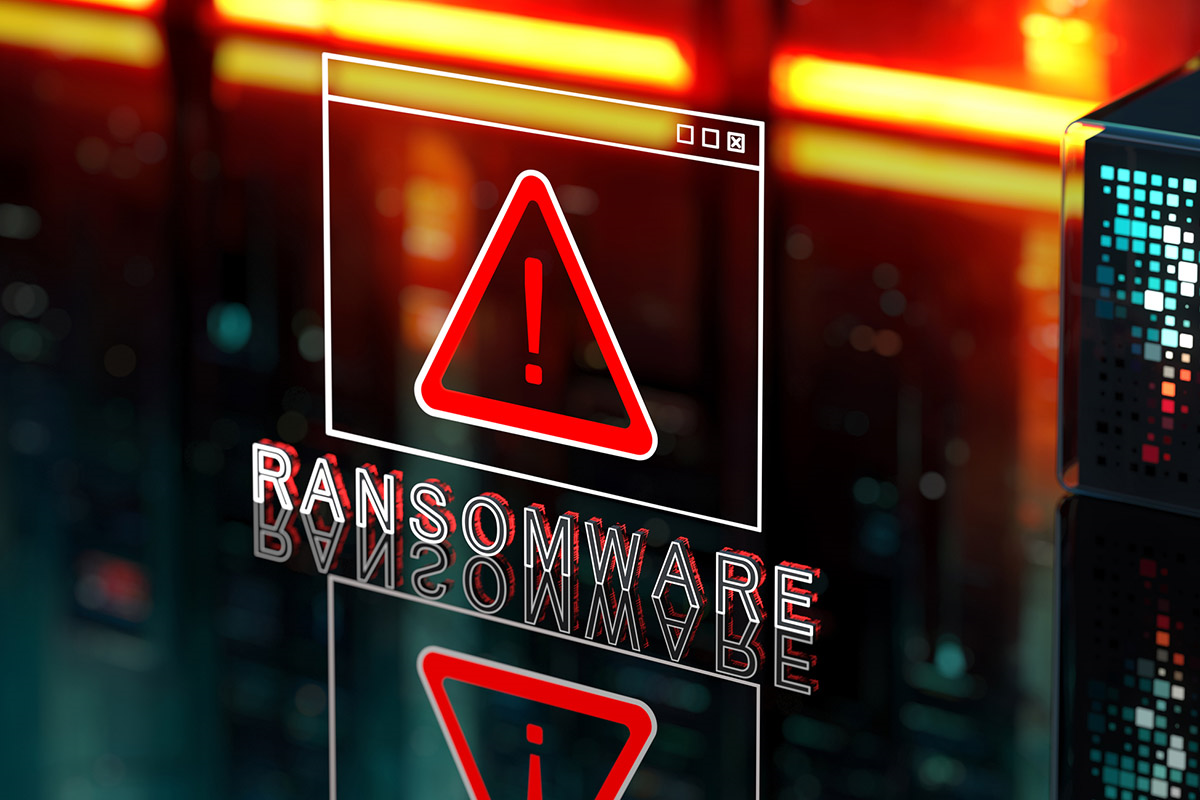.png
)
.webp)
.webp)
.webp)
Overview of the Persistent Cisco Vulnerability
A Cisco vulnerability first identified in 2018 continues to endanger networks by allowing remote code execution on systems that remain unpatched. This vulnerability, designated as CVE-2018-0171, largely affects the Smart Install feature of Cisco devices. Despite being several years old, it proves a favored vector for cybercriminals exploiting exposed legacy systems.
Origins and Mechanism of the Vulnerability
The Smart Install feature, intended to streamline device setups, contains a critical flaw: it lacks authentication safeguards and is automatically enabled in many Cisco products. This flaw is systematically exploited by attackers due to its accessibility via the commonly exposed TCP port 4786.
- Prevalence: Recent assessments have highlighted over 1,200 devices with this vulnerability accessible online.
- Exploitation Methods: Intruders craft specialized packets that bypass standard validations, enabling them to execute unauthorized commands remotely.
Analysis of Exploitation Attempts
Security experts from the Internet Storm Center have observed ongoing exploitation practices. Utilization of specific tools, like SIETool, facilitates effortless extraction and manipulation of device configurations, which are often not encrypted or poorly secured, leading to a severe breach in network security.
Notable Exploits and Security Risks
Among notable breaches, this vulnerability played a central role in an APT campaign known as Salt Typhoon, purportedly orchestrated by a China-based threat group targeting telecommunications infrastructure in late 2024. The persistent utility of CVE-2018-0171 by such groups indicates a dire need for systemic changes in patch management practices among organizations globally.
Continued Threat to Global Networks
The enduring nature of CVE-2018-0171 showcases the broader issues of outdated security practices and the slow pace of crucial updates within network infrastructure sectors. Even with available fixes, the persistence of these vulnerabilities in active networks provides fertile ground for cyber adversaries.
This ongoing threat underscores the critical importance of vigilant, up-to-date security measures and the potentially catastrophic consequences of neglecting such vulnerabilities.
Stay informed and protect your network by ensuring all systems are regularly updated and monitored for vulnerabilities.
Further Reading and Security Updates
For continuous updates on this and other cybersecurity concerns, follow industry news and expert analyses on major platforms like Google News, LinkedIn, and X.
Related: Critical Zero-Click RCE Vulnerability in SuperNote Nomad Tablets Exposes Users to Remote
Last Updated: April 12, 2025




